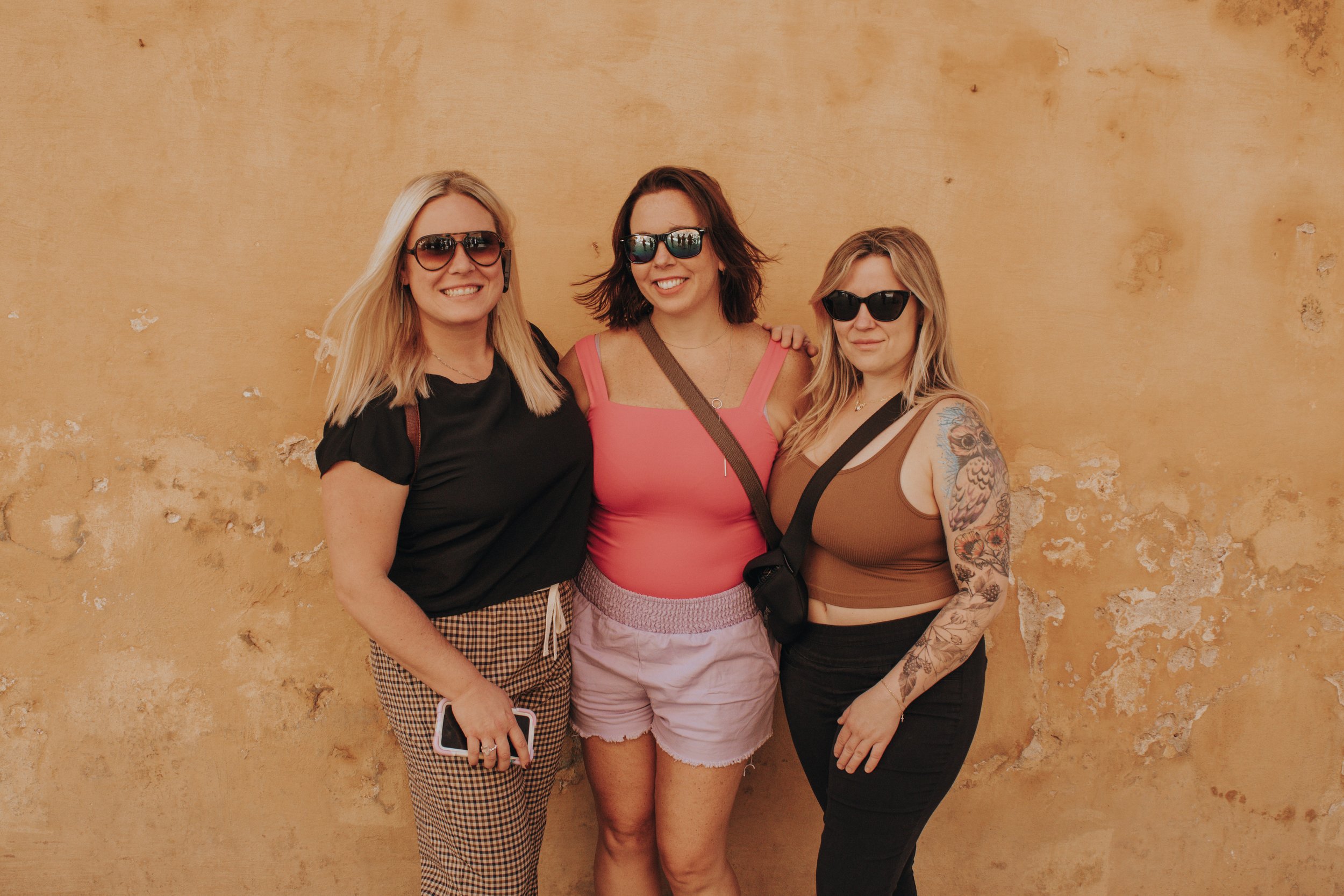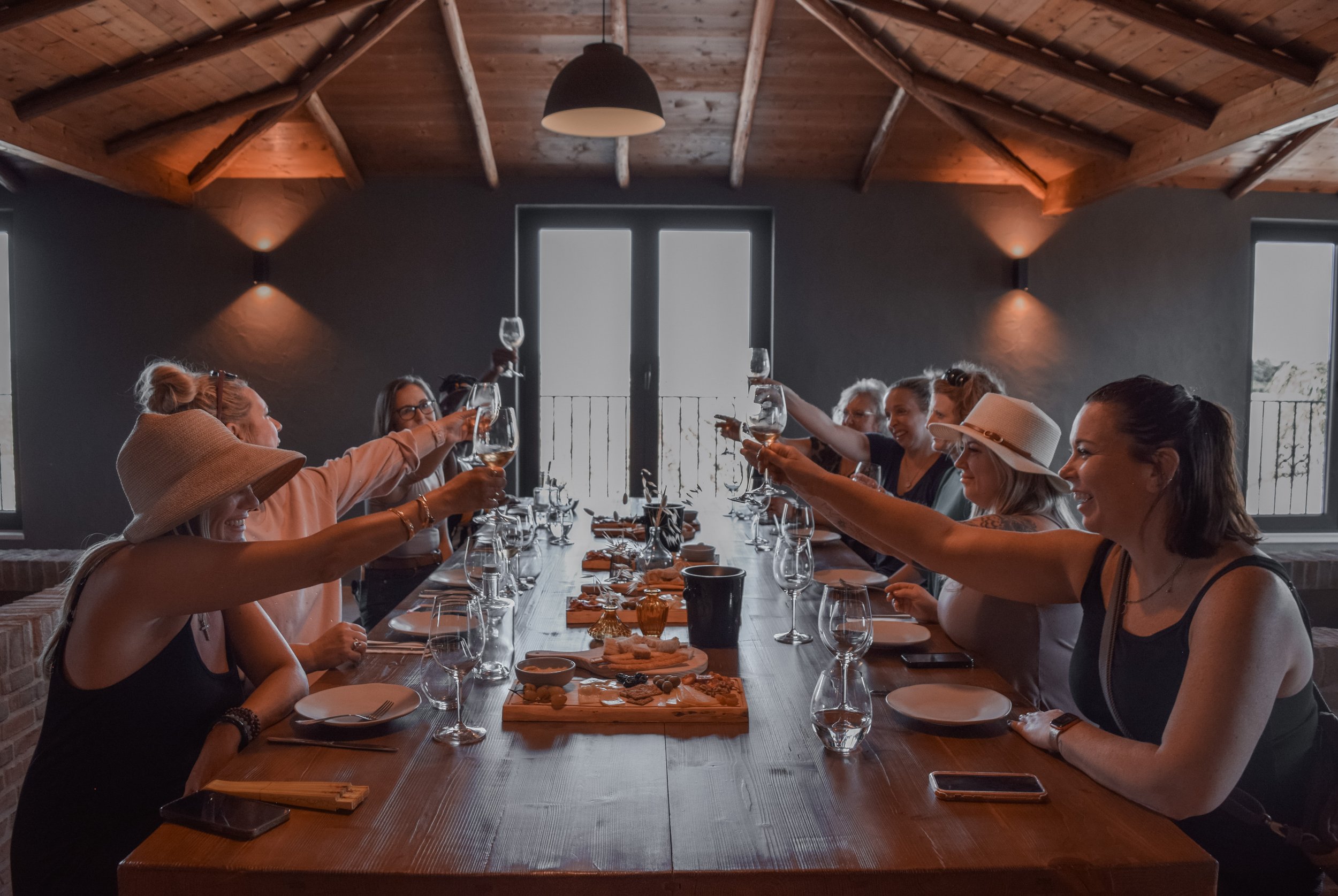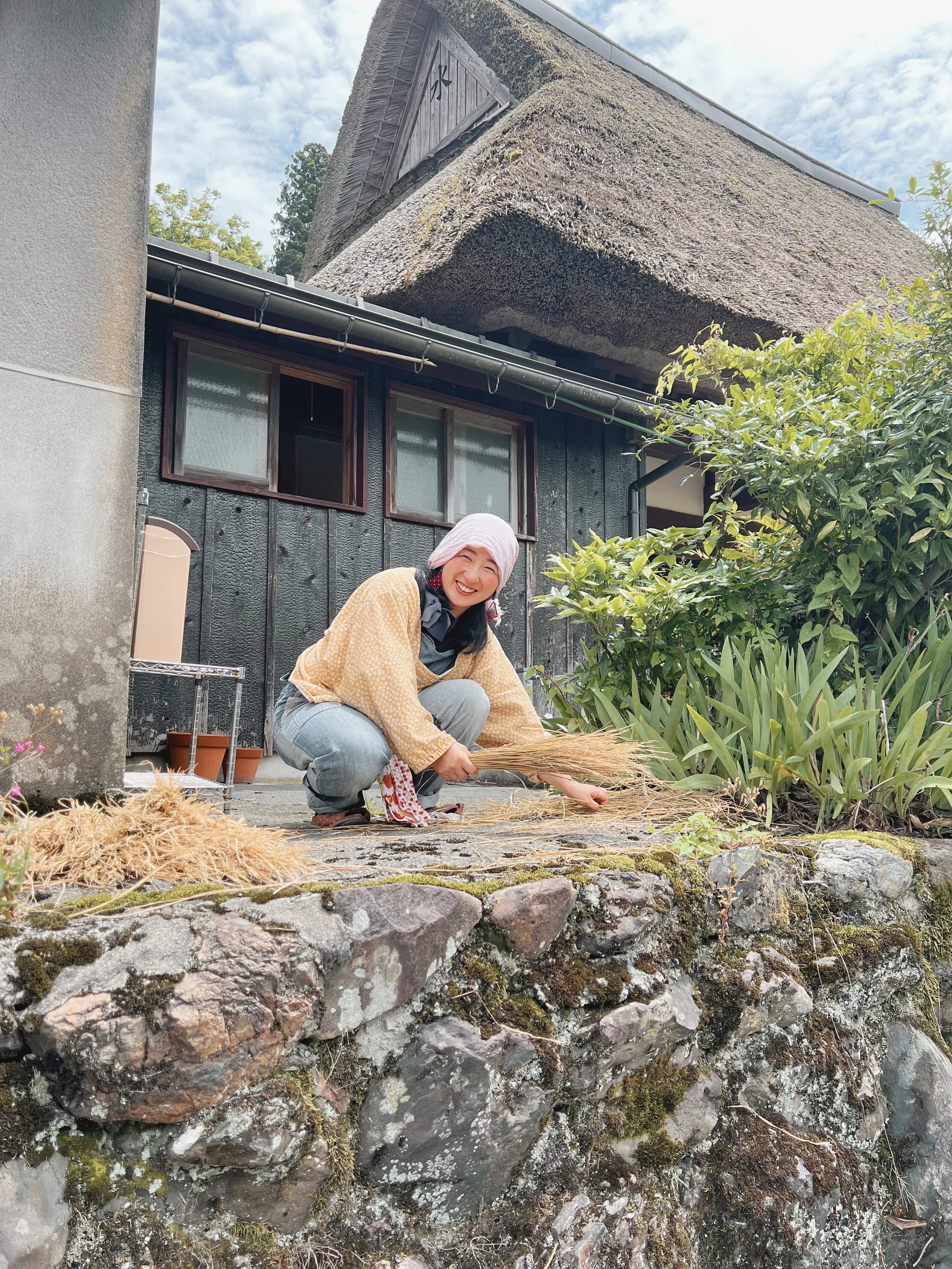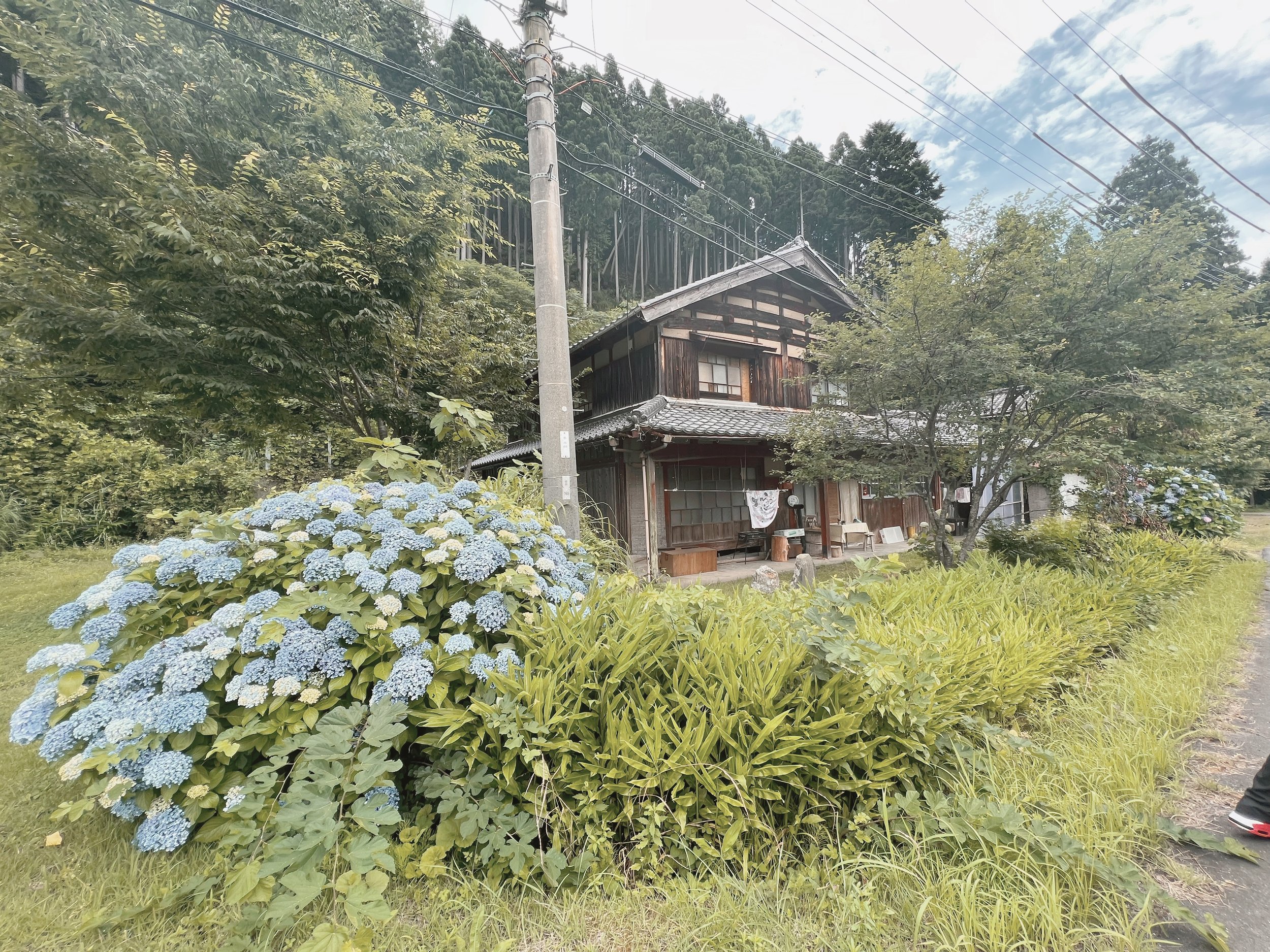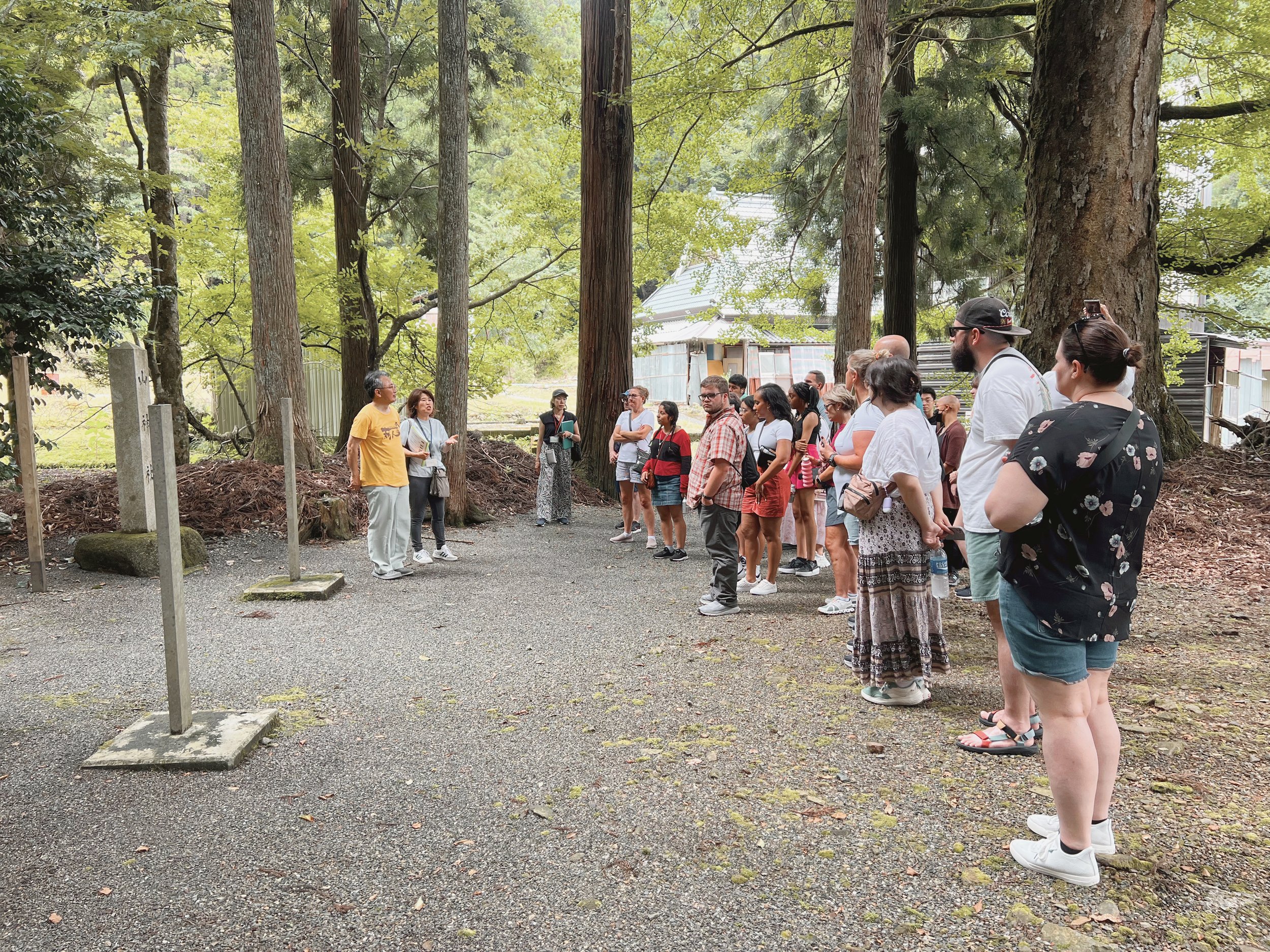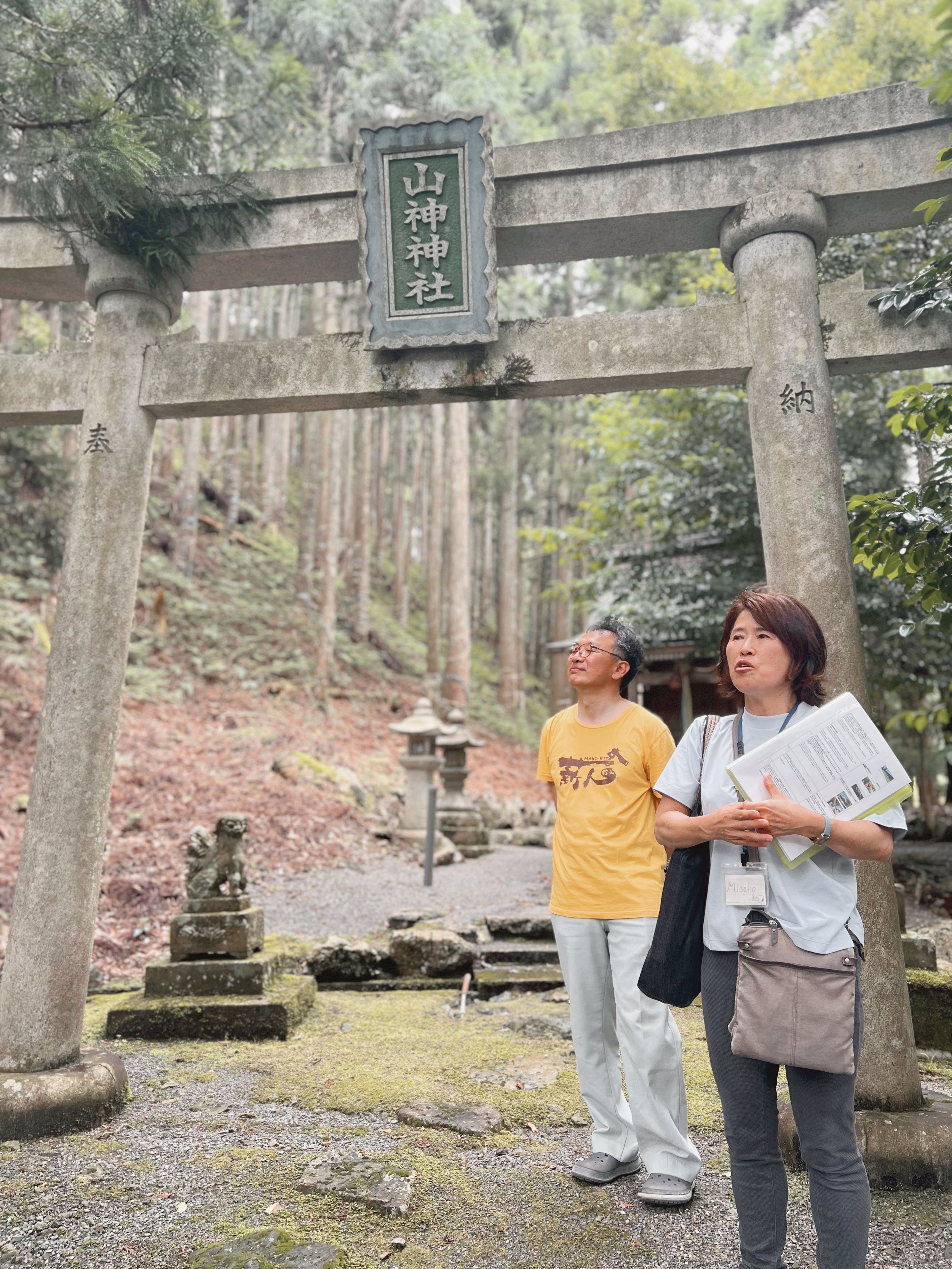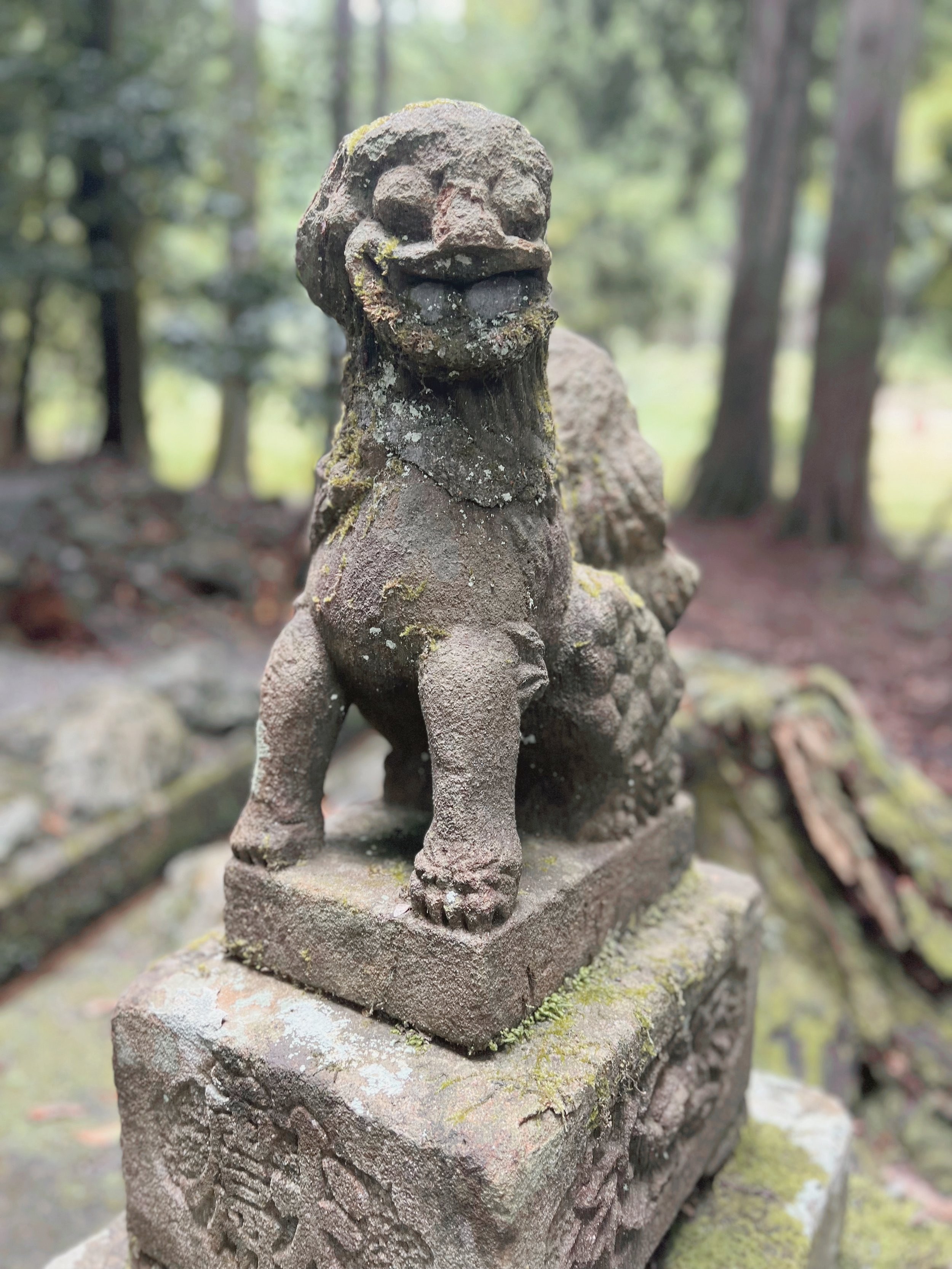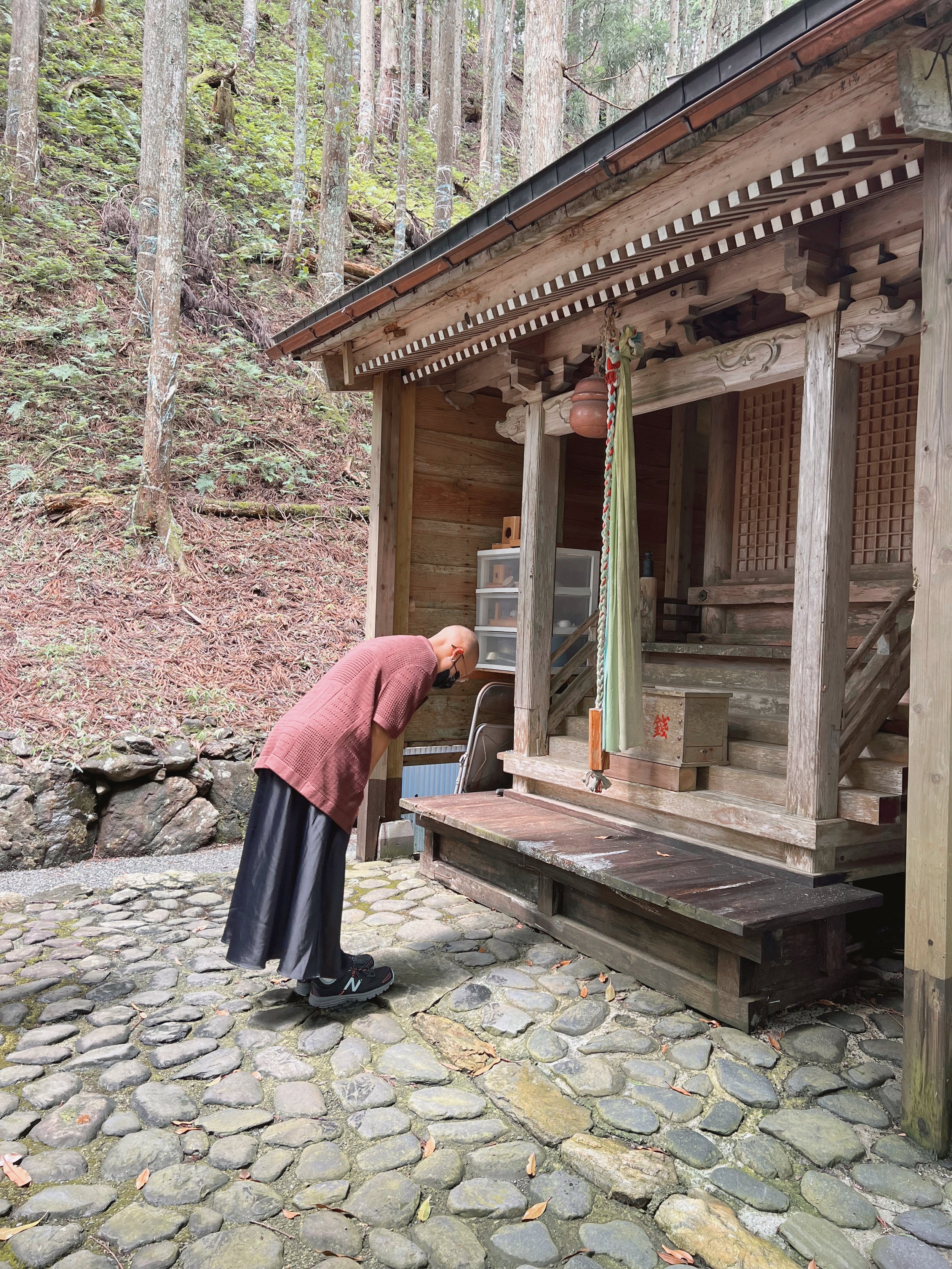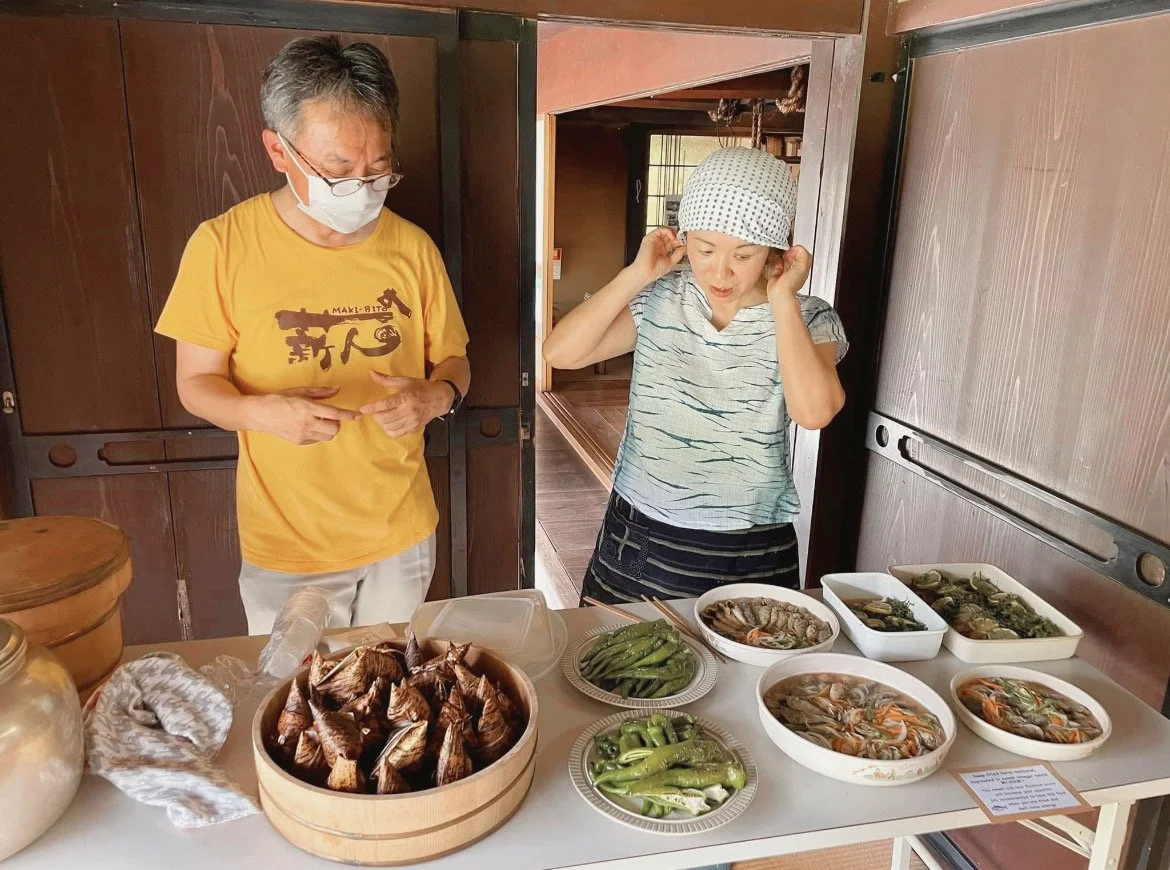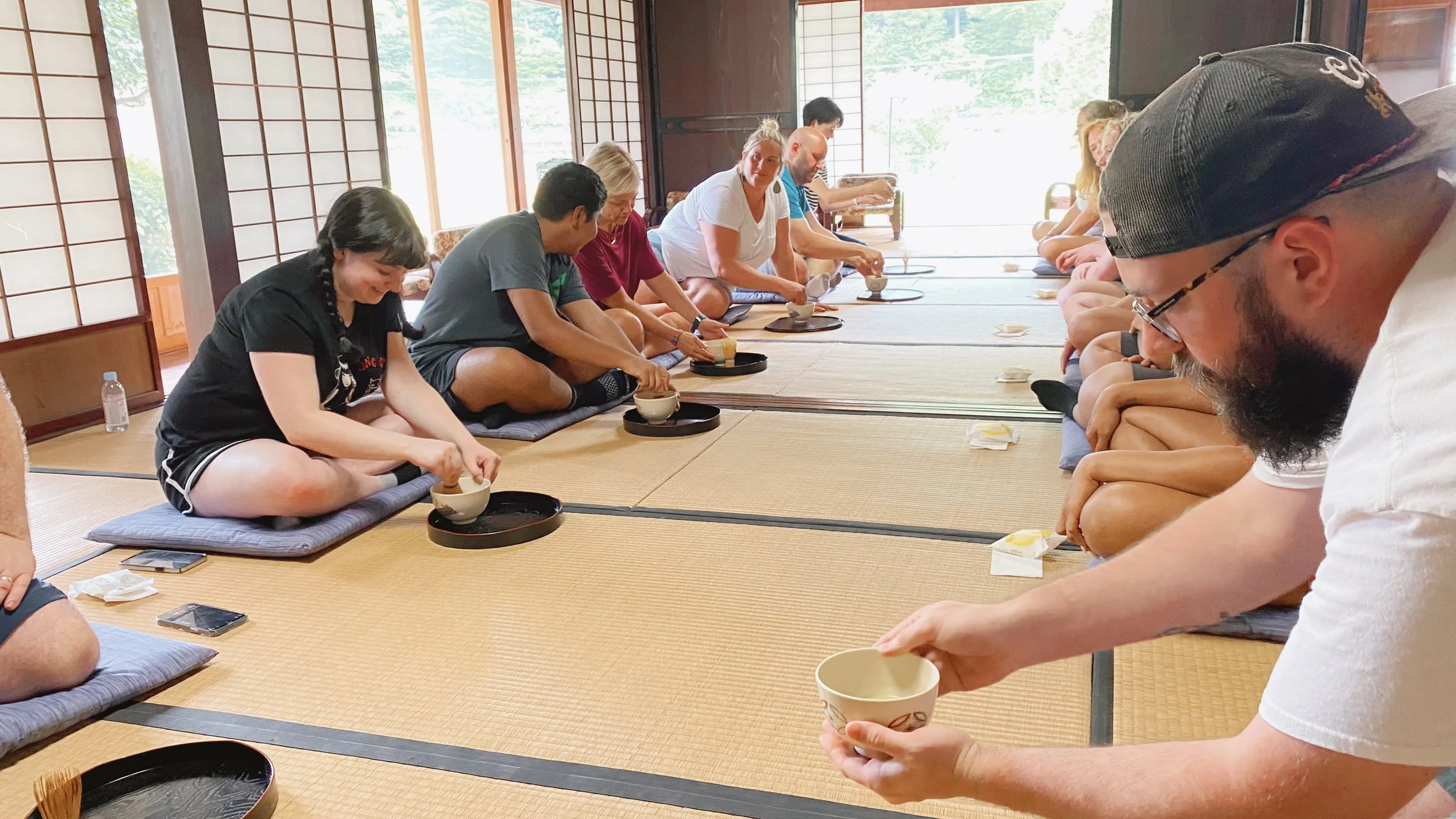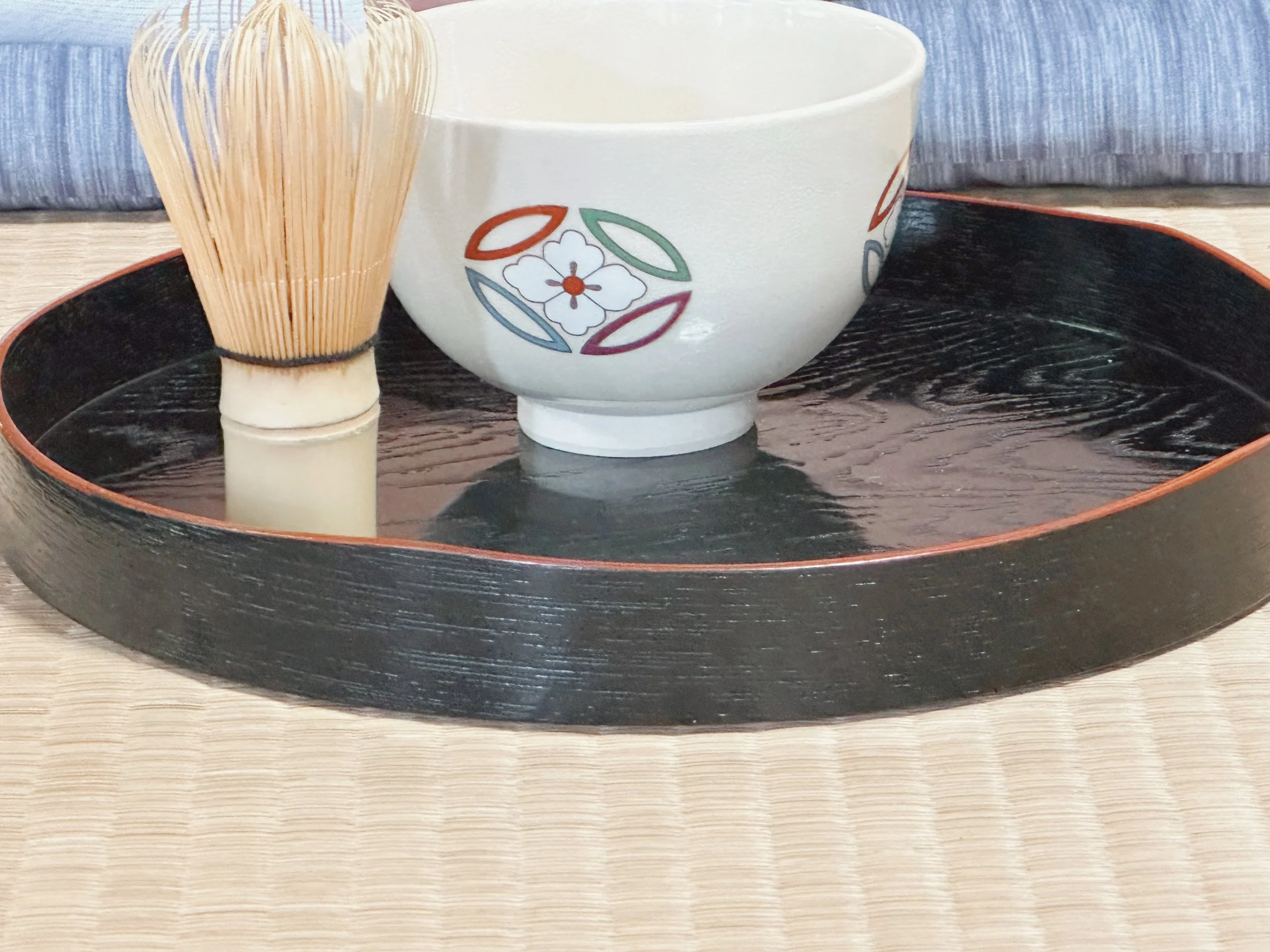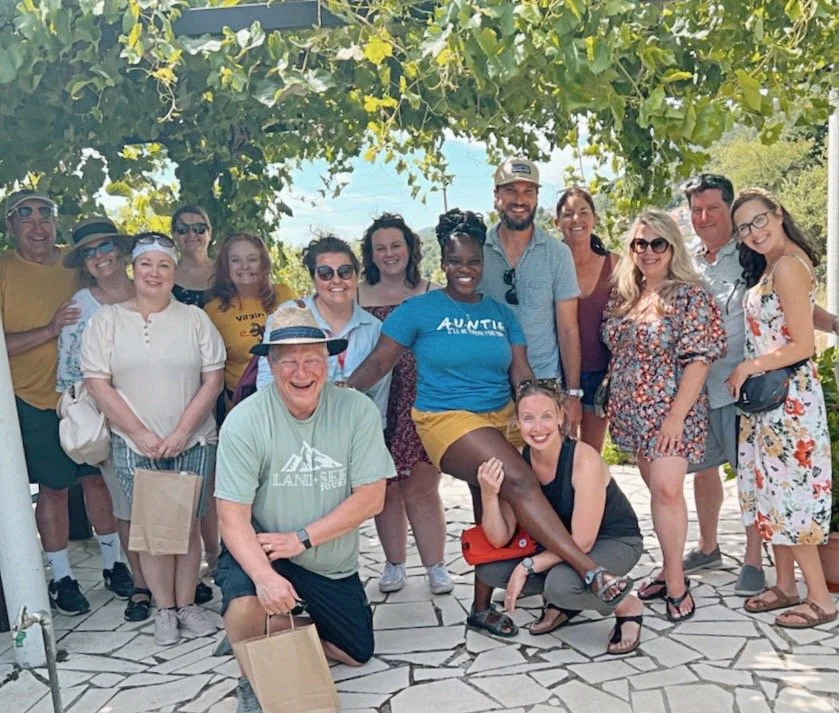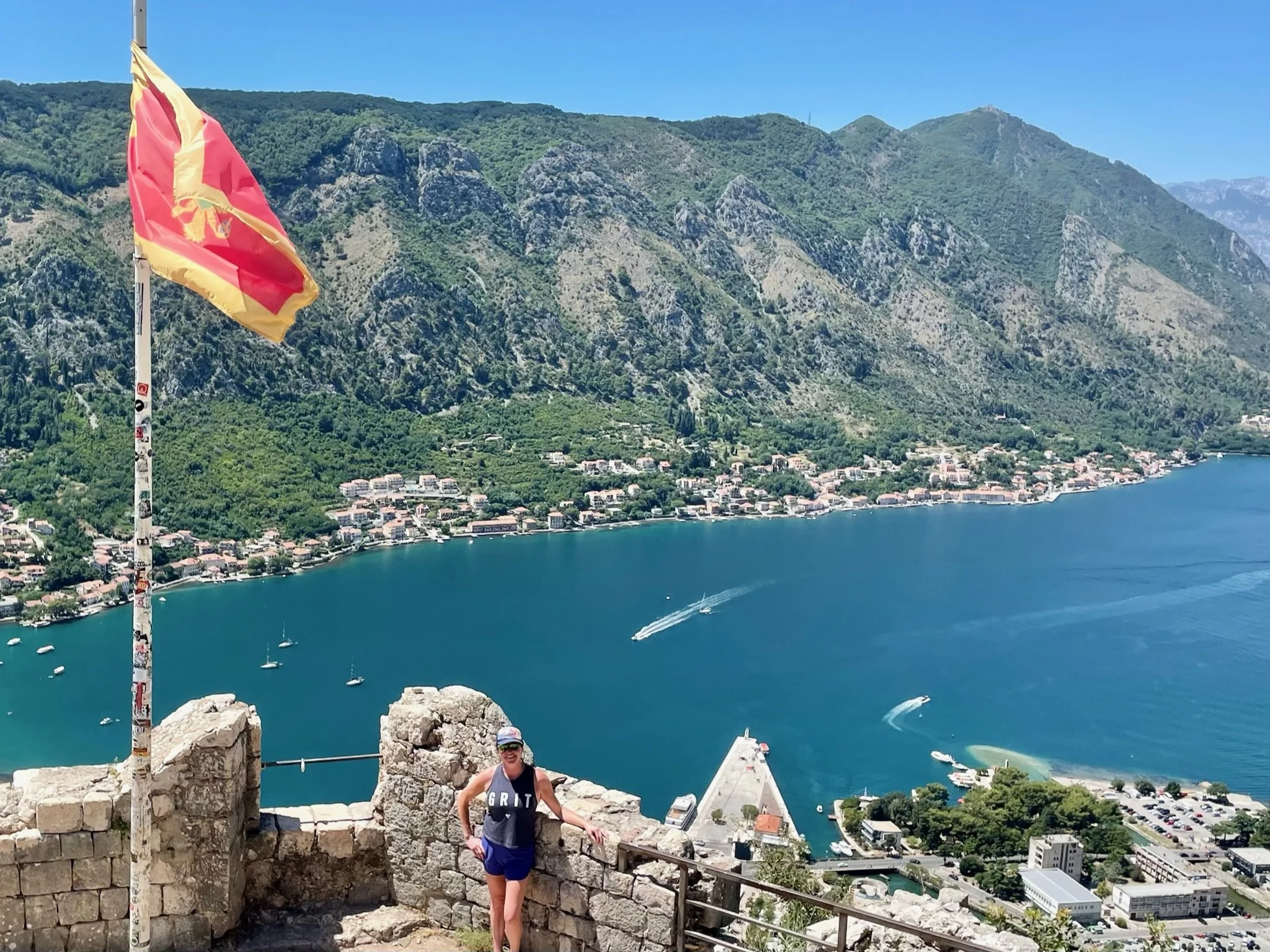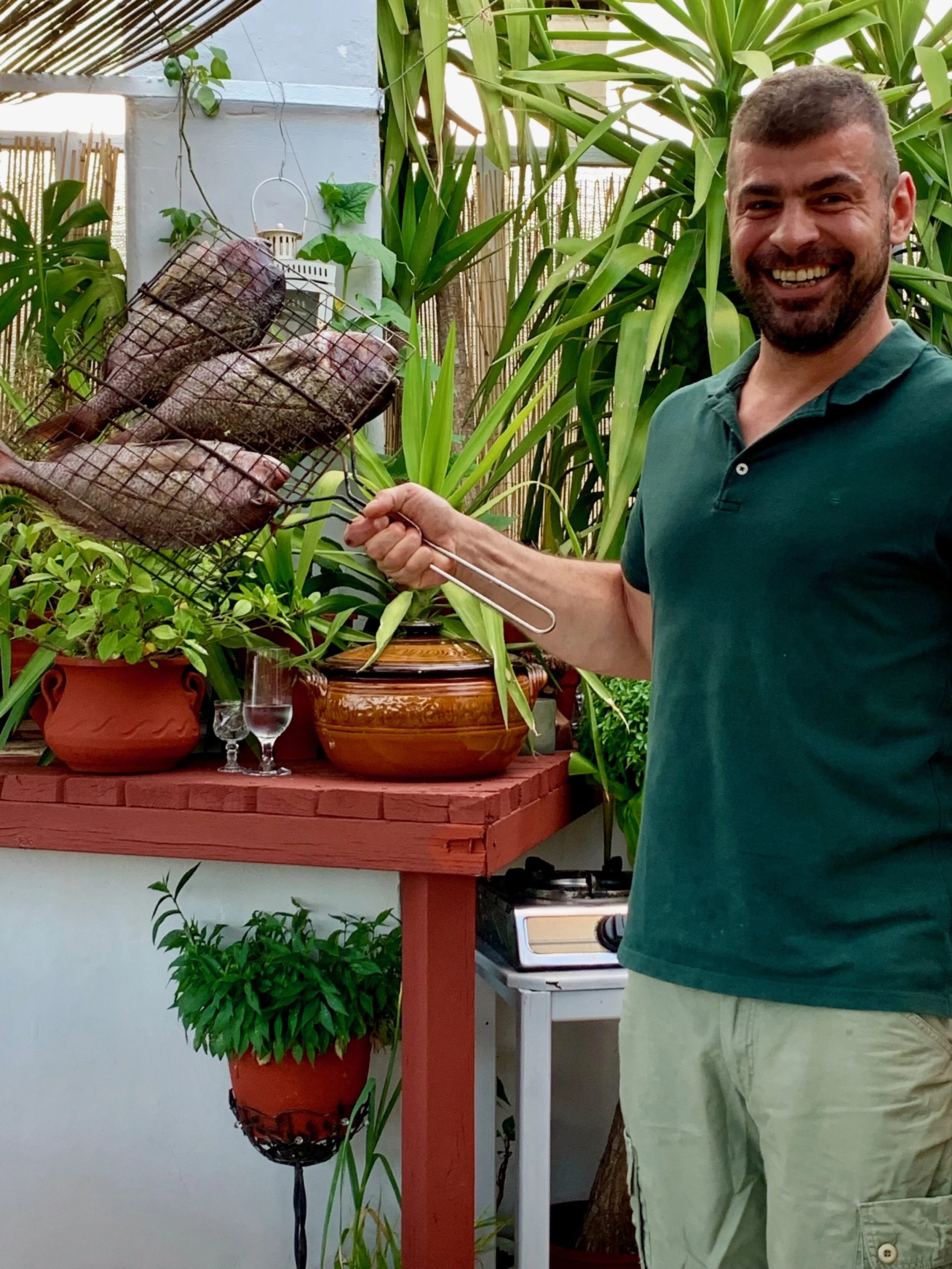Visiting Ewangan is one of those experiences that’s almost impossible to put into words. How do you describe the pure energy that fills the air? The laughter that feels like it’s contagious, spreading to everyone around? There’s a certain vibrancy here, a rhythm that pulses through the village and connects every soul, and it’s something that stays with you long after you leave.
Our host, James, has given us this incredible glimpse into his world twice now. First, two years ago, my family and I stayed in James’ dung hut, gathered around a fire, chanting our new Maasai names as the lions roared nearby. And then again this year, when we brought a group of 16 back to share in what we all agreed was one of the greatest days of our lives. The sense of warmth, community, and authenticity in Ewangan is unlike anything I’ve ever experienced.
Our hosts prepared the most delicious meal—boiled cabbage, potatoes, pasta, and stewed meat. Simple, yet so rich with the flavors of the land. We sat in the shade, sipping fresh-squeezed juice in the heat of the day. The atmosphere was calm, yet it didn’t last long. Soon, the rhythmic, chants of the local women filled the air as they began to dance and sing their traditional Maasai tunes. Their voices were powerful, their movements graceful, reaching out to us urging us to join in.
Then the men stepped forward, their tall frames casting long shadows as they began their famous jumping dance. The energy was electrifying as they leaped into the air with impressive agility, their bodies almost defying gravity. Each thud of their feet against the earth echoed like a heartbeat—a steady rhythm that reverberated through the village. The higher they jumped, the more attention they attracted, as tradition says that the highest jumper is seen as the strongest and most worthy. A few of our group tried to join in, but of course, none of us could compete with the Maasai!
The local women also taught us how to make beaded bracelets, a skill passed down through generations. Many of them took over when we failed to be star pupils, their patience and expertise shining through as they guided us with grace. We were able to purchase many handicrafts and unique items from these talented women, each piece carrying a story of the land and its people.
After the energetic display, we set off on a nature walk through the dry, cracked earth, the sun beating down above us. Our Maasai guides, Jacob and Jonathan, led us through the brush, pointing out the local flora and fauna. The air was thick with the smell of dust and acacia, and the occasional hum of insects filled the silence. Jacob showed us elephant dung—its barky, light brown pellets a reminder of the mighty animals that roam the land. He explained that the Maasai brew tea from the dung, which is said to cure stomach aches. Along the way, he pointed out plants with medicinal properties—some were healing, others poisonous. One plant, with a sticky milky substance, could cause blindness if it got in your eyes. The antidote? Breast milk or the blood of a dog. It was such a stark contrast to the safety and ease we often take for granted at home, and when Trent accidentally bumped into a limb, we all burst out laughing as he jokingly shouted, “Get the breast milk, quick!”
Next, we made our way to the local well—an essential lifeline for the community, funded by visitors like us. This well is part of a larger initiative, with James and the community working together to improve life here. Not far from the well, the school, clinic, and technology center stand as symbols of progress. Before the well was built, women had to walk to the nearby river to fetch water, risking disease and dangerous animal encounters.
Our next stop was Semadep School, where we found several boarding students still playing, their laughter ringing through the air. Peter, one of our fellow travelers, had arranged a generous donation of books from the local chapter of Books for Africa. We handed out the books, along with soccer balls, frisbees, jump ropes, and sweets. The joy on the children’s faces was unmistakable. Their energy was contagious, and in that moment, the contrast between our lives was so clear—but so was the powerful connection we shared. It was a reminder that while material wealth may differ, joy, laughter, and shared humanity are universal.
Education in Kenya is not free, and many families, especially those in rural areas like Ewangan, send their children to boarding schools as young as four years old. The nearest day schools are often too far to travel, so families make the sacrifice of sending their children away to ensure they have a brighter future. Sponsorship can be life-changing for these children, giving them access to education and opportunities they might not otherwise have.
If you’re interested in helping, there are several ways you can support Ewangan and sponsor a child’s education. You can donate directly to the school or help with costs like school fees, uniforms, and supplies. Your support can make a real difference in the lives of these kids, giving them the tools they need to succeed. Learn more here.
As we left, there was a palpable sense of purpose, of meaning. Our visit wasn’t just about giving—it was about building connections and contributing in ways that matter. It was about realizing that, no matter how different our worlds might seem, we share the same values: love, community, and a shared desire for a better future.
After the school visit, we had the chance to try our hand at shooting bow and arrows, a skill passed down through generations of Maasai warriors. Kara, unsurprisingly, turned out to be the best of the group, her arrow hitting its target with precision while the rest of us fumbled our shots. We laughed, we learned, and we soaked in the experience, feeling the weight of it all settle in.
One of the most eye-opening moments came when we visited Maria's dung hut. Maria, a local lady, lives there with her eight children and goats. The room was filled with smoke from the fire burning inside, and the stark contrast between her simple, smoke-filled home and our lives back home was striking. It gave us a glimpse into a world so different from our own, a reminder of how much we take for granted and how deeply we are connected to the people and places we visit.
Saying goodbye to Ewangan was hard. Our time there felt like a beautiful dream, one where we were all part of something bigger than ourselves. As we left, the golden landscape stretched out before us, and we carried with us the echoes of laughter, the spirit of the Maasai, and a deep sense of connection that will stay with us forever.














































































